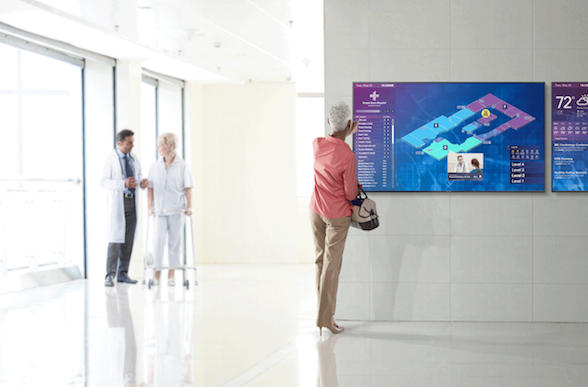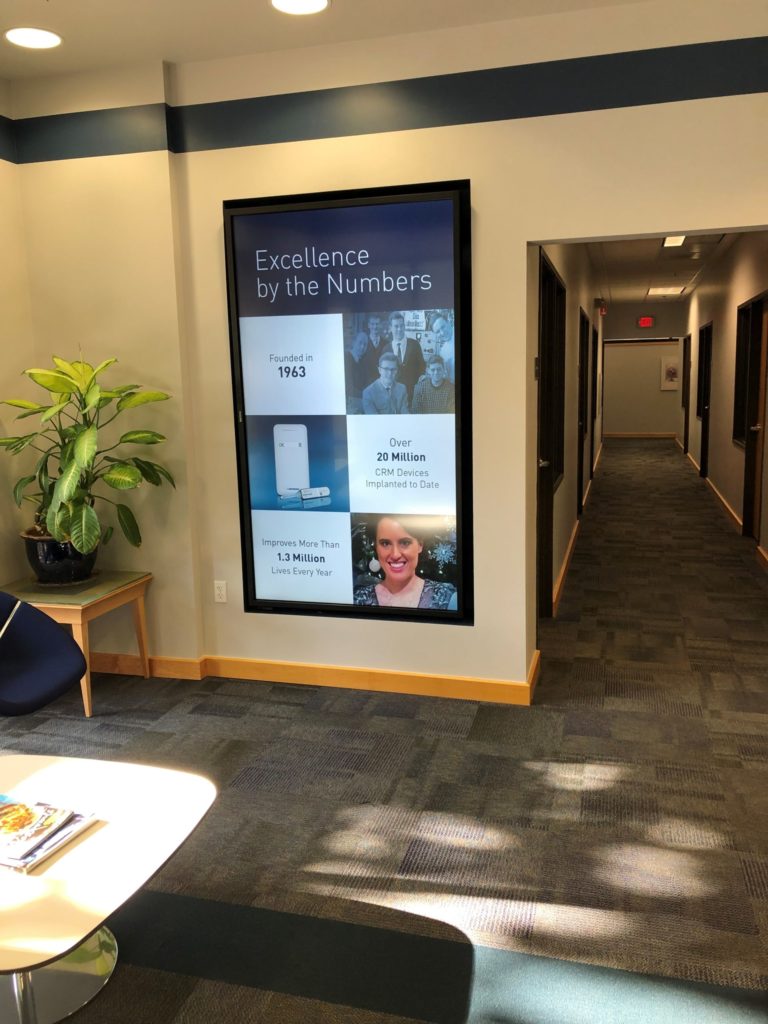
18
Nov
Technology brief on projection and digital signage deployments for retail environments
The continuing advances in both projection and fixed display signage provides excellent opportunities for retailers, restaurant, and hospitality business to convey pertinent advertising messages, inform and promote services. Projectus has a 25+ history of providing these technologies and has provided this overview to address some of the considerations that need to be addressed when considering a deployment of this type of digital signage.
- Types of technologies available
- Projection systems work for displaying large images indoor for either displaying on suitable walls or by utilizing a transparent screen that is mounted to glass at store fronts. Projection systems can also be projected from longer distances or be installed with wide throw lens options to produce larger images on store fronts.
- Large format flat panel displays (LED’s) generally 55”-110” can be placed within interiors of retail locations, mount inside from the wall or ceiling to be viewable form pedestrian and street locations and are likely not subject to code restrictions as they are in the building. These bright displays can run 16/7 duty cycles, require limited service intervals, create limited heat, and generally have long life spans
- Installation considerations
- Projection system or display panels require 110-volt power, generally some type of ceiling mount hardware. Projection systems require a surface to project to
- A common small format computer or digital signage appliance is used to generate, organize and provide the graphics for the messaging. This is usually a dedicated small PC or could be as simple a USB memory card playing Jpeg files directly onboard the display device
- For outdoor large projection, weather resistant enclosures are used to protect the projection hardware from the elements
- Content development and messaging
- The digital signage display industry provides several content specific applications or can be a simple as displaying PowerPoint for even simpler self-generated message
- More advanced hardware and software can provide feature such as auto updates, RSS feed from news sources and are generally easier to program layout features pleasing to viewer
- Regulatory/ Code considerations
- While indoor messaging and signage generally has more latitude, projecting per say on a building or on the exterior will likely be subject to local codes pertaining to signage re: size and or other placement within the public right away
Projectus is here to help navigate your display and digital signage deployments. Please feel free to contact us at Info@projectus.com or 503-598-8968.



0 comments